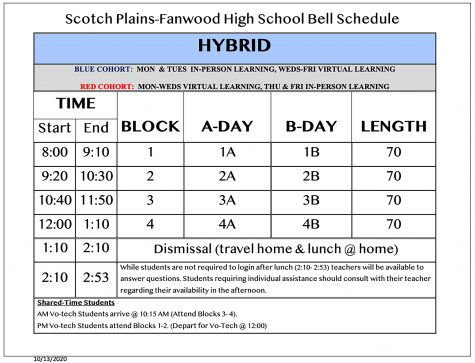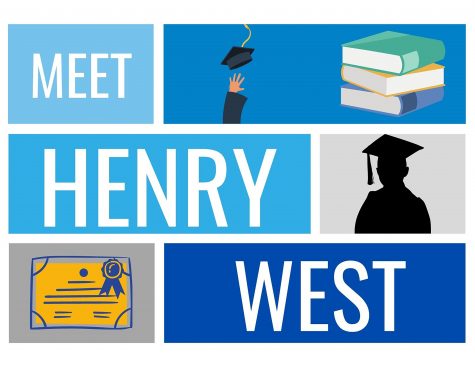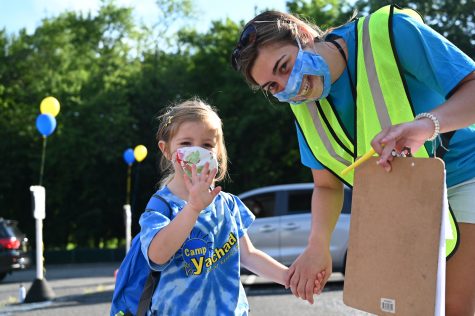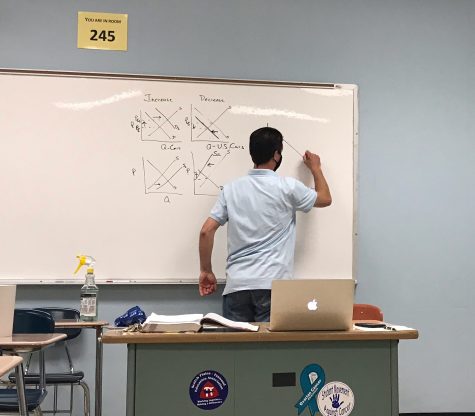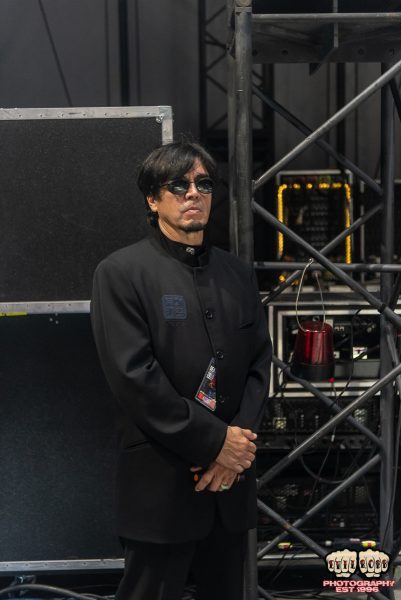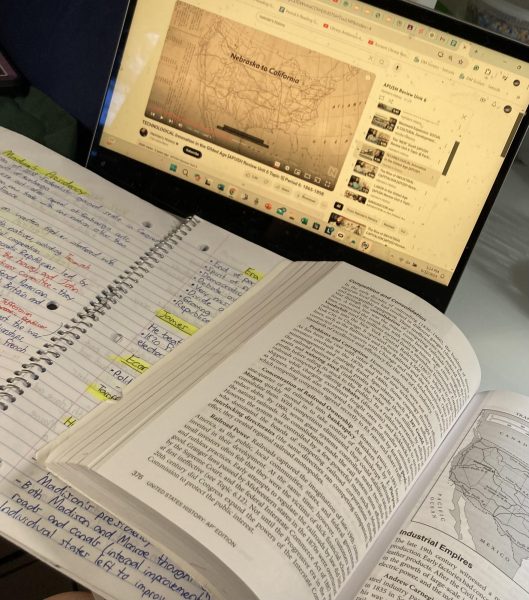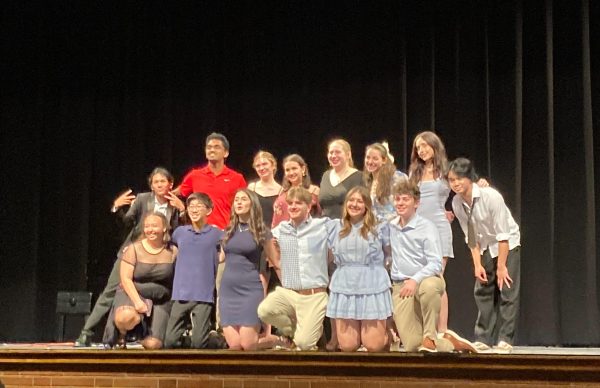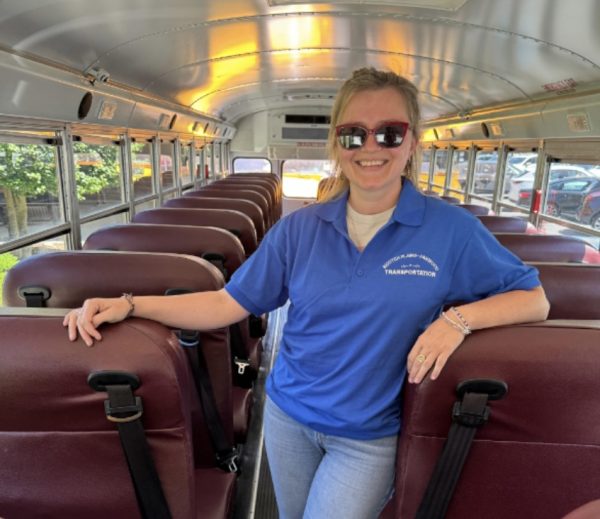Adapting to teaching in unprecedented times
December 3, 2020
It’s a typical day for students at Scotch Plains-Fanwood High School. They wake up, eat breakfast and hop onto their computers to make sure that they arrive at the Google Meet on time.
It has been a tumultuous time for students and teachers alike for the past couple of months – as the education system has been thrown into disarray with the COVID-19 pandemic. SPFHS has transitioned into a period of online learning in which classes utilize Google Meet to communicate with each other and learn.
Prior to the 2020-2021 school year, SPFHS had spent the last few months of the school year utilizing online learning as the pandemic progressed and was seen as an impending danger for students and faculty.
“It was a learning experience,” social studies teacher Stephen Kolesar said. “Having to adapt and adjust so quickly was a challenge for everyone involved.”
The summer provided an opportunity for the district to establish a game plan in time for school to start on Sept. 14.
The district initially planned to use a hybrid model for the start of school, but it did not work out; online learning was fully implemented for the first marking period and possibly longer.
In comparison to ending the year online when most of the core content has already been covered, especially when it comes to Advanced Placement courses, teachers are now tasked with needing to go through much of the necessary material through a computer screen.
“A collaborative classroom is really important so reworking activities and choosing new resources that will help build that social and group learning feel has been a tough task,” science teacher Lauren DeNicola said. “However, I have loved getting to know all my new students and work through the challenges together.”
Beyond the instructional implications of virtual learning, teachers have lost the direct connection to students and the ability to build relationships individually that comes with teaching in the school.
“I enjoy connecting with my students, albeit virtually, and I feel that I have been able to communicate content well despite the lack of face-to-face interaction,” English teacher Nicole Petrone said. “Overall, though, remote learning creates a great barrier in communication, and I cannot connect as easily with my students as I would normally.”
While unable to teach in the classroom, our educators have looked to other available resources that can aid in communicating ideas to students for class activities. A common program that is now being used has been Padlet, allowing students and teachers alike to post sticky notes on a digital wall.
“Padlet is basically my best friend,” Petrone said.
Students have the option to return to in-person learning via a hybrid model on Jan. 19, although it appears that the system would be difficult for educators to navigate and efficiently teach all students.
“Being able to see and hear everyone from home and in the classroom is definitely going to be a challenge,” DeNicola said. “I will have to plan much more deliberately for groups so students working from home are working with students in school.”



